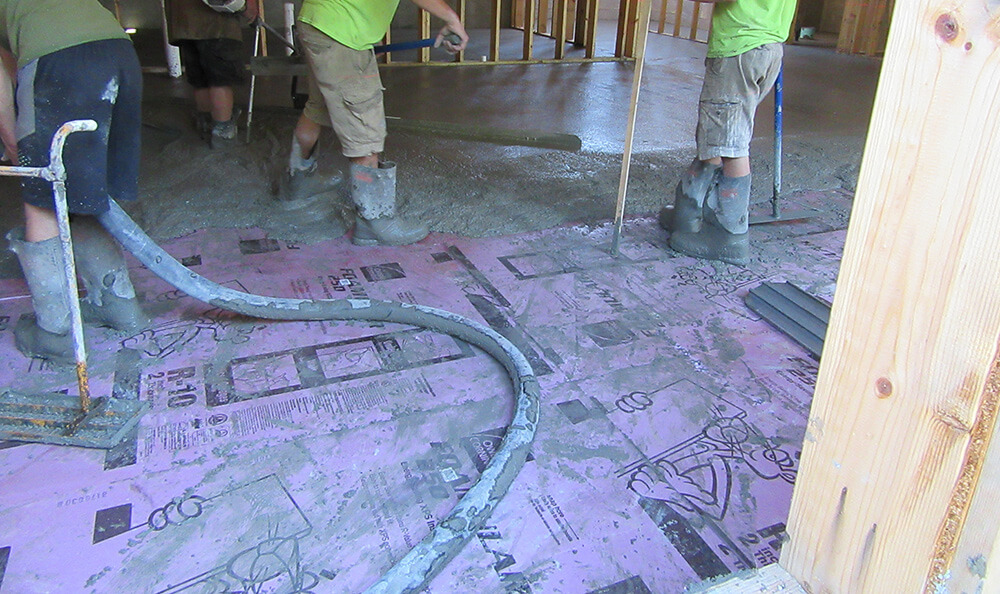As more and more states adopt the 2012, 2015, and soon to be 2018 building codes, builders are faced with the codes’ requirements for exterior insulation for colder climate zones. This means it’s a good time to look at whether the codes and your company are going in the same direction.
Most insulators already have builders asking them about air sealing and meeting code requirements for air leakage, but some of you are seeing your insulation bids change. One of the main reasons for this is that the codes are trying to reduce thermal bridging by moving insulation to the outside of the structure. As builders begin to insulate the outside, they’re decreasing the R-value needed on the inside.
The question is: Rather than watching your slice of the pie get smaller, should you consider adding continuous insulation to your business?

What Is Continuous Insulation?
Continuous insulation is defined by ASHRAE 90.1 (the U.S. energy standard for all commercial and some residential buildings) as “Insulation that is continuous across all structural members without thermal bridges other than fasteners and service openings. It is installed on the interior, exterior, or is integral to any opaque surface of the building envelope.”
Continuous insulation (CI), also called rigid foam or foam sheathing, isn’t new — we’ve been doing it underneath concrete slabs and on roofs for years. It’s been popular in commercial buildings for a while now, but it’s gaining momentum in the residential marketplace due to code changes that are pushing for higher thermal performance values.

Expand Your Service Portfolio & Your Profits
Even though most continuous insulation is on the exterior of the building, that doesn’t mean the framer is the best person to do it. A new building envelope means a new world of opportunity for those who understand it and want the business.
As with most innovations, the custom and high performance home builders will be the early adopters. As they look for solutions, if they know you already understand the attachment systems, sealants, and flashings, there is a good chance they will stick to what they do well and leave the thermal and air barrier work to you. Just make sure you have your continuous insulation products ready.
Installing Continuous Insulation
Continuous insulation requirements are within reach for your contracting business. We visited a job site in Minnesota to see the finer continuous insulation details for ourselves. Watch this quick video for more information on why insulators should be learning about this product.
At IDI, we strive to be a continued resource for product information, technical knowledge, and professional guidance for all of our customers. We offer classes and training events on a wide variety of topics — including installing continuous/rigid foam insulation — to help you expand your business offerings and your bottom line. View our schedule of classes to see what’s coming up in your area.
By Ken Allison
Ken Allison works for IDI Distributors as a business development and building science expert. To learn more about how adding continuous/rigid foam insulation to your business can protect your bottom line, reach out to IDI today.